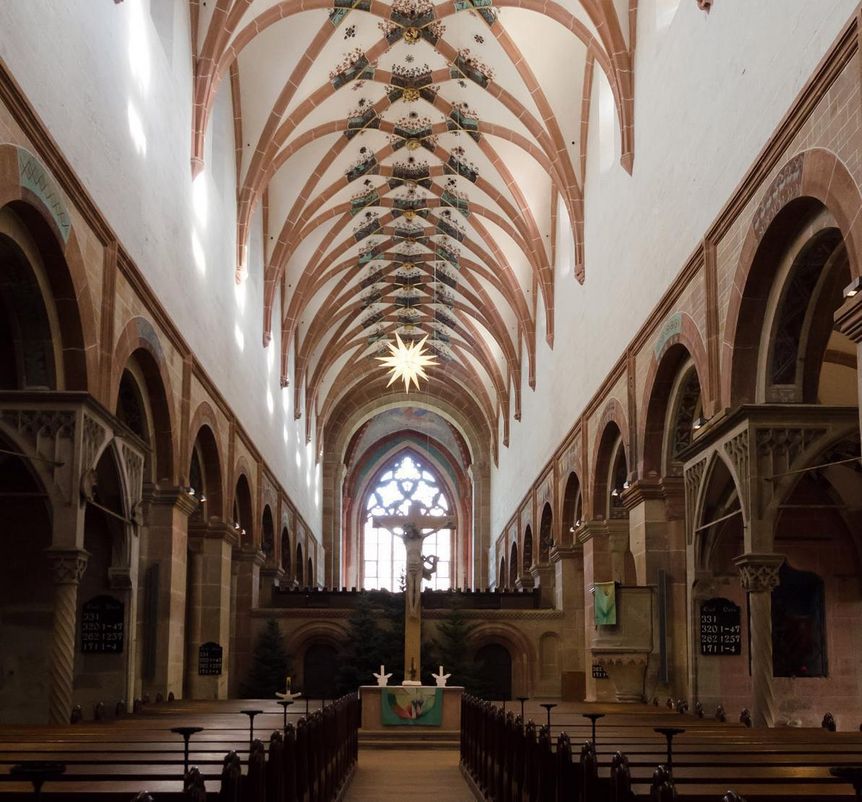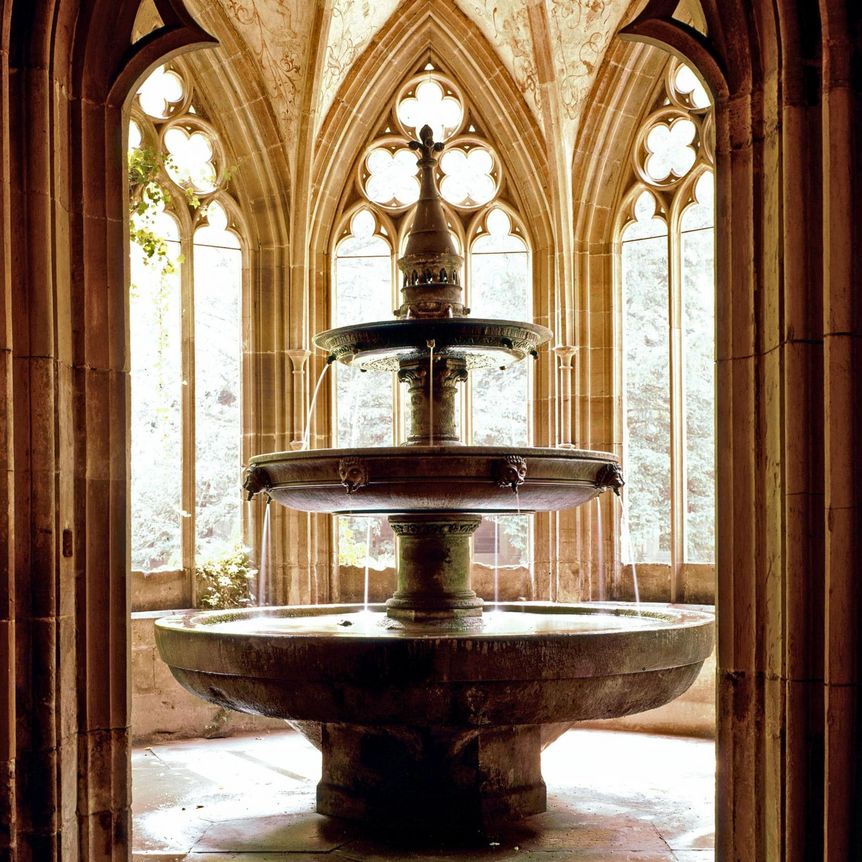FOLLOWING IN THE FOOTSTEPS OF THE CISTERCIANSThe monastery
Maulbronn is the best-preserved medieval monastery complex north of the Alps. The Cistercians began construction in the middle of the 12th century and, over the centuries, a giant monastic city emerged. The monastery has been a UNESCO World Heritage Site since 1993.







